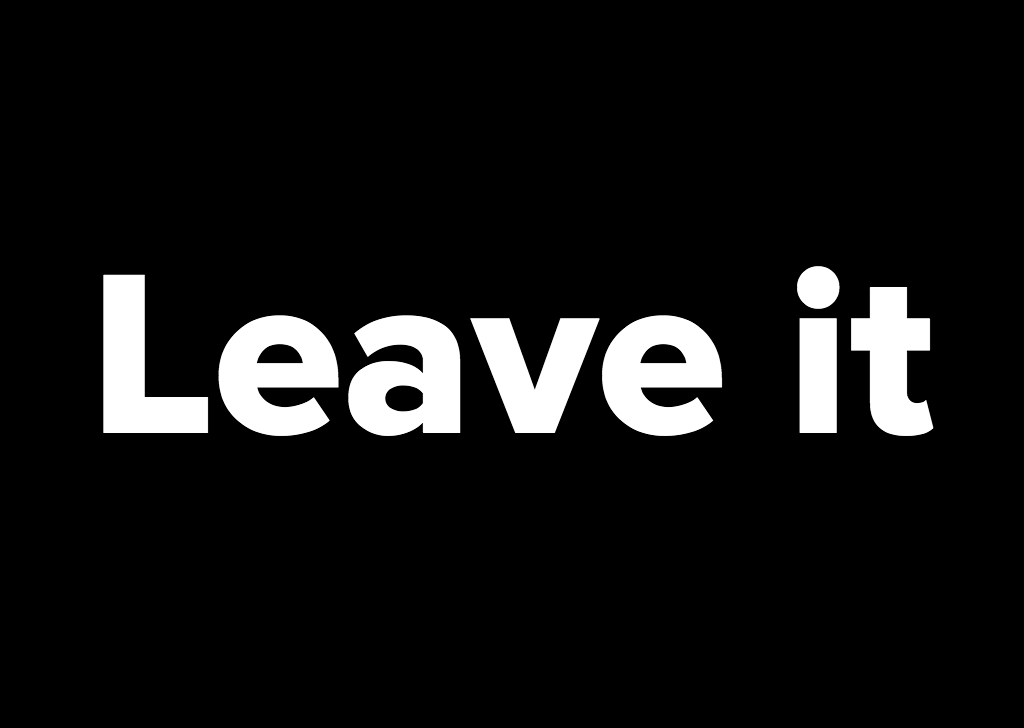
Nipping is one of the most challenging training behaviors to deal with when you are trying to train your puppy. There are some steps you can take to help you and your pup develop the skills to be a good nipper.
‘Leave it’ cue word
Using the ‘Leave it’ cue word can help your dog learn to quit nipping. This is a good thing since it’s a sign of frustration for both your dog and yourself.
The ‘Leave it’ cue will help your puppy understand that it can’t just grab your hand or food pouch. It also helps with the “ouch” factor.
Initially, you’ll want to start with a couple of treats, as well as a toy that your dog isn’t really interested in. After a few sessions, you can switch to something your dog does care about.
Whenever your puppy looks at you or at the treat in your hands, say the ‘Leave it’ cue. This should be followed by a reward. For example, you could give your pup a treat and a pat on the head for leaving the treat alone.
Bite inhibition
There are a variety of different training techniques for teaching a puppy to use its mouth properly. If your puppy isn’t using his mouth correctly, he’s at a higher risk of biting people and injuring himself.
The first step in teaching a puppy to use his mouth properly is to inhibit the force of his bite. This doesn’t mean you should not let your dog nip, but it does mean you should not force him to do it.
You should also never allow your puppy to bite a child or other animal, and you should always carry a soft toy to play with. These are important for socializing. Dogs without proper socialization are more likely to develop behavioral issues later on, so it’s important to take steps to prevent these problems.
Avoid physical punishment
When it comes to puppy training, it’s crucial to avoid physical punishment. It can lead to more aggressive behavior later on, and can also put the owner and the public at risk. However, time-outs are an effective way to train your puppy.
You can time out your puppy to teach it not to repeat a bad behavior. This involves placing the dog in a room of your choice. During the time out, you can offer a toy or praise.
Time-outs are a gentler alternative to physically punishing your puppy. Nevertheless, it’s important to remember that they don’t always work. If your puppy is aggressive, it’s best to talk to a professional trainer.
In addition, physical punishment can make your puppy scared. Your puppy might not understand how severe its actions are, and it’s hard for it to connect the punishment with its own action.
Getting attention
When you are teaching your puppy to stop nipping, it’s important to keep the focus of your attention. If you aren’t focused on the behavior, learning will be difficult. The dog will feel frustrated and the behavior will regress.
If you notice your puppy is nipping, you should redirect her to another activity. This can be done by giving her a treat. Toys can also be a great way to divert her attention. Keep a variety of toys in each room.
You may also need to give your puppy a break. Nipping can be especially painful for children and elderly people. Try to take a few minutes to regroup before playing again.
If your puppy nips repeatedly, try picking the puppy up with the biting end facing away from you. This will prevent the nipping behavior from continuing.
Taking a nap
Nap time is one of the most important aspects of puppy training. This is because dogs are constantly learning, and naps are a great way to reinforce learning. It also allows them to rest. During a nap, they’re usually right where they’re supposed to be.
There’s nothing like a good old fashioned nap to recharge your pup’s batteries. Naps should be a part of your dog’s daily routine. They’re not only fun, they’re also beneficial.
Taking a nap is an art, and it takes some getting used to. Puppies are smart, and they know when it’s time to take a nap. Keeping a crate close at hand will give you a place to put your pooch. But you’ll need to be patient. Your pup may not like the confined space at first.








